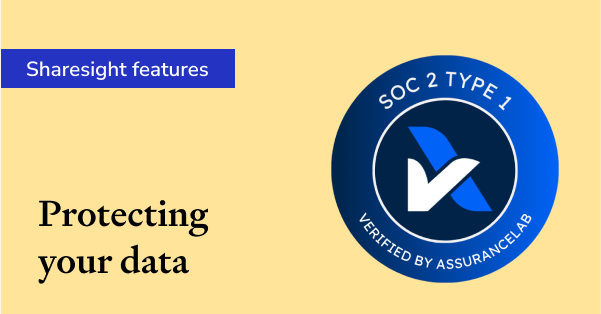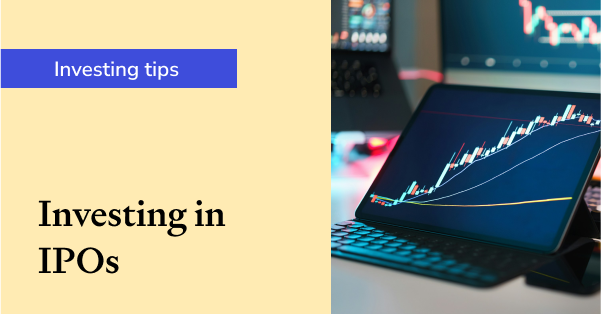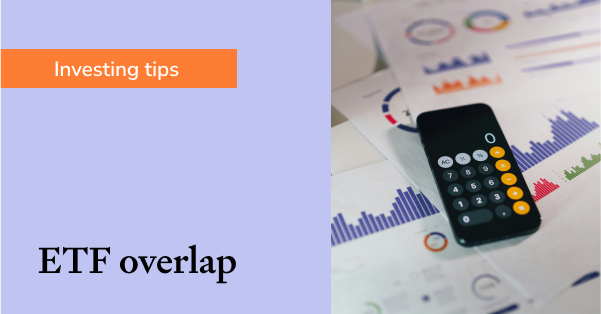You can time the market – and ETFs are the way to do it
Disclaimer: This article is for informational purposes only and does not constitute a specific product recommendation, or taxation or financial advice and should not be relied upon as such. While we use reasonable endeavours to keep the information up-to-date, we make no representation that any information is accurate or up-to-date. If you choose to make use of the content in this article, you do so at your own risk. To the extent permitted by law, we do not assume any responsibility or liability arising from or connected with your use or reliance on the content on our site. Please check with your adviser or accountant to obtain the correct advice for your situation.
Just a quick one to explain why everyone tells you that you can’t time the market. Spoiler: it’s rubbish. And here’s why.
There was a paper (back in the 70s or 80s) written by a couple of academics who, let’s be honest, probably never traded a share in their lives. They concluded that you are better off sitting in the market long term and never making a decision again.
The finance industry loved it. “Buy and hold”. “Be long term”. “Time in the market, not timing the market”. Then came the Buffett quotes — “weighing machine not a voting machine”, “buy as if the stock market is going to close for 10 years”, and so on.
Why? To stop you ringing up when the market drops.
Because your adviser or fund manager gets paid the same whether you are in cash or fully invested. The last thing they want is a phone call every time Trump tweets or the Fed opens its mouth.
So they built a narrative: you can’t time the market.
But here is the truth — you absolutely can.
And we do.
We’ve been doing it for years.
And we do it using ETFs.
Why ETFs?
Because they are simple. No fund managers trying to be clever. No stock pickers guessing what the market might do. Just clean, direct exposure.
Most people don’t realise — if you have a standard Australian portfolio with the banks, BHP, Telstra, CSL, Wesfarmers, you are basically holding the ASX 200. So why not just buy the ASX 200?
With an ETF, it’s one click. You avoid the drama of results season and don’t have to worry about your stock falling 20% because of one badly worded sentence in a press release. Which is why everyone is piling into ETFs — the market is over $200 billion now.
And the pricing is spot on. ETFs don’t trade at a premium or discount like listed investment companies. Whether you buy one unit or a million, the price stays the same. And you know exactly what you are getting — an index, a sector, or a theme. That’s it.
Passive, not clever
Quick distinction — there are two types of ETFs: passive and active.
Passive ETFs just track an index — ASX 200, S&P 500, Nasdaq. No decisions, no interference. That’s what we use.
Active ETFs try to be clever. There is a manager or an algorithm choosing stocks based on a theory. Some might be OK. But we are not interested in clever.
Why would I trust someone else to pick stocks in an ETF when I don’t even know what they are doing? The whole point is to cut out that extra bit. You are already involved. Why add another variable?
We think we are capable of making those decisions ourselves. You probably do too. And if that is the case, passive ETFs are your best friend.
Timing the market does work
Markets go down. That is not the issue. The issue is how long it takes to recover.
After the 1987 crash, it took over a decade to get back to the high. That’s not just lost returns – that’s a big chunk of your life.
But if you can avoid those big drops (even just some of them), you don’t just avoid the losses, you save years of recovery time.
That is exactly what we do in the Marcus Today Strategy Portfolio. We use ETFs to get in when things look good, and we move to cash when they don’t. It is not about trading every day, it is about getting the big calls right. One or two good decisions a year can make a huge difference.
We’ve gone 100% cash before. Sat it out for a few months when it didn’t feel right. We have also jumped back in after sentiment turned or a central bank changed its tone. You don’t need to be first. You just have to be early enough.
Avoid a couple of 10–20% drawdowns and you’ll be well ahead.
You don’t need to know everything
If you’re thinking, “This sounds good but I don’t know where to start”, don’t worry. You don’t need to know all 400 ETFs on the ASX.
One way to get started is by looking at broad market index ETFs – these are designed to track major indices like the ASX 200, S&P 500, or Nasdaq. Some of the main ones include:
- A200 / IOZ / STW — All track the ASX 200
- IVV / SPY — S&P 500
- NDQ — Nasdaq 100
That gives you exposure to the biggest markets and companies in the world. And if you want to expand (into sectors, commodities, or themes), it is all there.
We’ve also built a spreadsheet with every ETF listed on the ASX — market cap, fee, sector, everything. You don’t need it at the beginning but it’s useful once you start looking around.
Where to learn more
Google “ASX ETP” and you will find the full list of ETFs available on the ASX. From there, click through to the issuers (Vanguard, iShares, Global X, VanEck, Betashares) and get access to fact sheets, holdings, fees, performance, and distributions.
Most have email updates too. Worth signing up. They’ll give you a feel for what is performing, what themes are running, and where the money is going.
Don’t overthink it. You only need a few ETFs to build something solid.
If you want to go deeper…
Thematic ETFs are where it gets interesting.
Examples include tech (FANG), copper (WIRE), cybersecurity (BUGG or HACK), crypto (CRYP), gold (GDX or GOLD), and global energy (FUEL) — just to name a few.
There is probably an ETF for whatever you’re thinking. And because they are liquid, you can get in or out when you need to.
The psychology bit
One thing to remember: timing the market only works if you’ve got the temperament for it.
You have to be willing to sit in cash. To do nothing. That’s not easy. There’s always noise. Someone is always yelling about “buying the dip” or “missing the rally”. Ignore it.
The best moments are the pivots — the big bottoms, the sentiment shifts, the policy turns. They don’t come every week. If you can stay patient, you will be ready when it matters.
ETFs help with that. They let you act without the hassle of managing 20 individual stocks.
The bottom line
ETFs are not just about ease or lower cost, though they give you both. They’re about control.
You don’t need permission. You don’t need to wait for someone to make a decision. You don’t need to sit around hoping your fund manager eventually pulls the trigger.
You can get in and out. You can go to cash. You can rotate into strength or out of trouble. On your terms.
So yes — you can time the market.
And ETFs are how we do it.
Take your investing further with Marcus Today
We don’t just talk about timing the market – we show you how we do it. Get daily insights, ETF ideas, and real-time portfolio moves straight from the Marcus Today Strategy Portfolio.
This article has been prepared by Marcus Today Pty Ltd ABN 57 110 971 689, a Corporate Authorised Representative (No. 310093) of AdviceNet Pty Ltd ABN 35 122 720 512 (AFSL 308200). The information is general in nature and does not consider the financial situation of any individual. Past performance does not necessarily indicate future performance. Before making any financial decision, consider seeking advice from a professional financial adviser.

5 ways Sharesight keeps your data safe
Here at Sharesight, we maintain constant vigilance around cyber security. In this blog, we discuss five ways Sharesight keeps your data safe.

The investor's guide to IPOs: Risks, rewards and strategies
Discover when to invest in IPOs, how to approach them strategically, and how Sharesight helps you track and optimise your performance.

ETF overlap: How to uncover and manage hidden concentration risk
Understand ETF overlap and concentration risk through a real-world example — and see how Sharesight’s exposure report helps you uncover and avoid hidden risks.